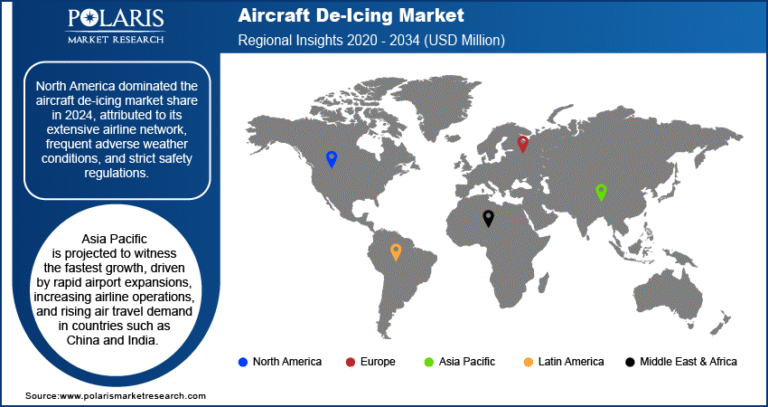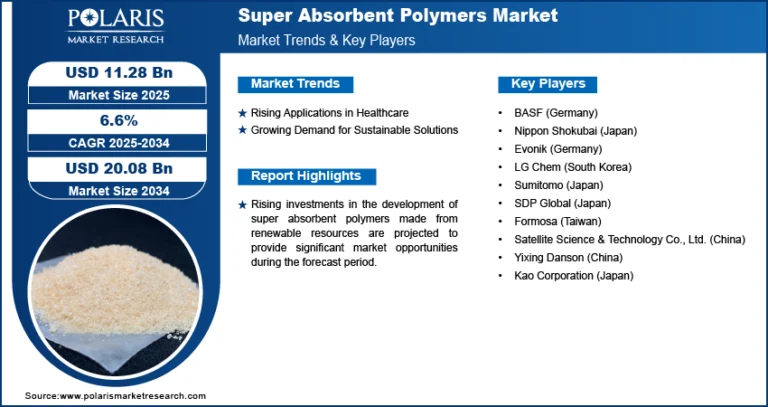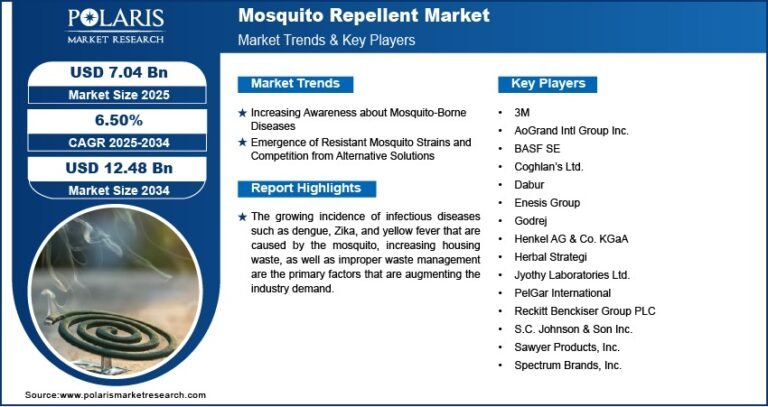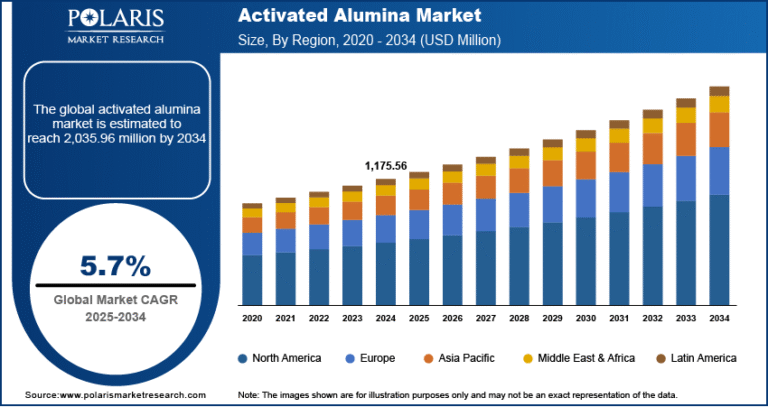Anticoagulant Reversal Drugs Market Expected to Attain USD 4,486.47 Million by 2034 | CAGR: 12.3%
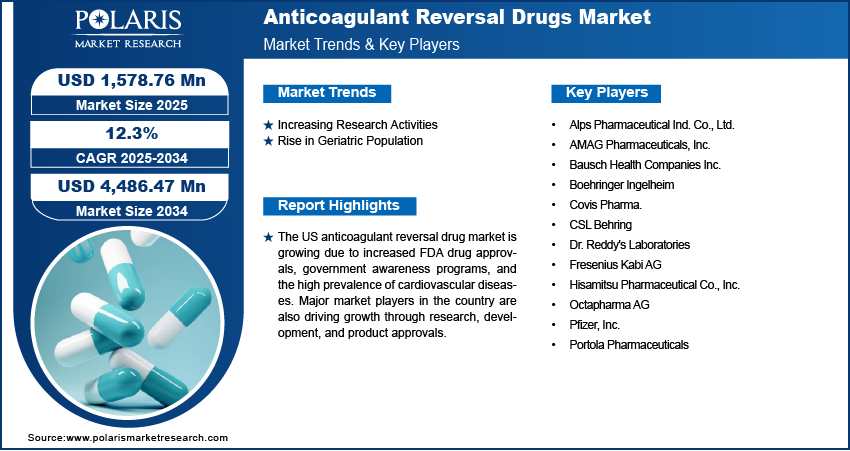
The global anticoagulant reversal drugs market was valued at USD 1,409.46 million in 2024. It is projected to grow from USD 1,578.76 million in 2025 to USD 4,486.47 million by 2034, registering a compound annual growth rate (CAGR) of 12.3% during the forecast period from 2025 to 2034. This growth is expected to be driven by increasing research and development efforts by key market players aimed at introducing innovative products.
Anticoagulant Reversal Drugs Market Key Trends & Insights:
- The rising elderly population and widespread use of direct oral anticoagulants (DOACs) are driving demand for rapid reversal agents.
- Streamlined regulatory approvals are accelerating the launch of next-generation anticoagulant reversal drugs.
- Hospitals are shifting toward DOAC-first protocols, increasing the need for targeted antidotes.
- AI-based diagnostic tools are improving early detection of bleeding events and enabling more precise dosing.
- Injectable therapies continue to dominate, but oral and subcutaneous formats are beginning to emerge.
- North America leads in adoption, while Asia-Pacific and Latin America show significant growth potential.
- Key products include prothrombin complex concentrates and monoclonal antibody-based agents.
Market Size & Forecast:
- Market size value in 2025 – USD 1,578.76 million
- Revenue forecast in 2034 – USD 4,486.47 million
- CAGR – 12.3% from 2025 – 2034
𝐆𝐞𝐭 𝐄𝐱𝐜𝐥𝐮𝐬𝐢𝐯𝐞 𝐒𝐚𝐦𝐩𝐥𝐞 𝐏𝐚𝐠𝐞𝐬 𝐨𝐟 𝐓𝐡𝐢𝐬 𝐑𝐞𝐩𝐨𝐫𝐭:
Anticoagulant Reversal Drugs Market Overview:
The anticoagulant reversal drugs market is expanding in response to the increasing usage of direct oral anticoagulants (DOACs), which, while effective, carry bleeding risks that necessitate rapid countermeasures. Healthcare providers are prioritizing quicker and more targeted reversal agents that can promptly address life-threatening hemorrhages, surgical emergencies, or overdose situations. Research and innovation are centered on developing both specific antidotes tailored to individual anticoagulants and broader-spectrum agents capable of reversing multiple drug classes. The push for safer anticoagulation management is also boosting interest in rapid diagnostic tools that indicate when reversal is required, aligning with improved patient care standards.
North America currently leads the market due to widespread DOAC prescription, advanced clinical settings, and favorable regulatory pathways. Europe closely follows, driven by strong hospital networks and growing alignment with clinical guidelines for reversal protocols. The Asia-Pacific region is gaining momentum, supported by rising cardiovascular disease rates and expanded access to modern anticoagulants. Key players in this space are strategically investing in clinical trials, seeking regulatory approvals for new reversal drugs, and exploring collaborations with diagnostic firms to offer comprehensive hemorrhage management solutions. Additionally, pipeline developments include agents with enhanced safety profiles and improved pharmacokinetic attributes, emphasizing precision in emergency response.

